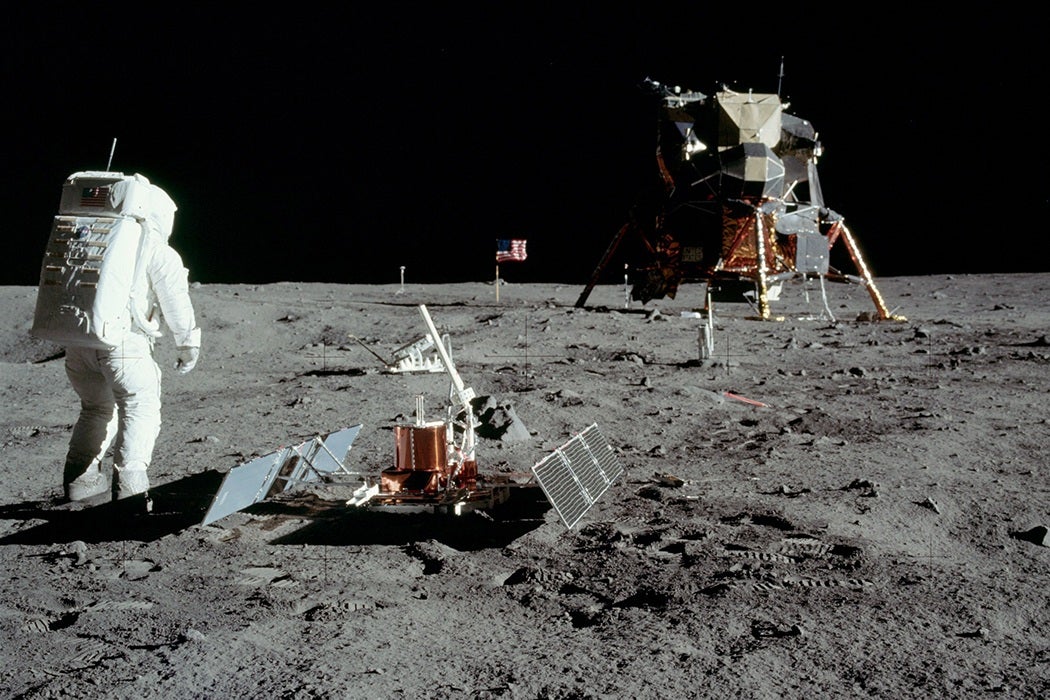The space race of the Sixties now seems a distant memory: all those moonwalks, Cold War rivalries, and lunar preoccupations. But on the anniversary of Neil Armstrong’s 1969 “giant leap for mankind,” it’s worth looking for the material traces of that far-off push to intergalactic greatness. Roger D. Launius looks at the different fates of some of the Space Race’s many physical landmarks—some of which haven’t been cherished in the way you might expect.
The Apollo mission was not just a huge technological triumph, it was also a cultural touchstone for the United States. Developed in response to Cold War worries about the scientific dominance of the Soviet Union, Apollo consumed huge amounts of financial resources and cultural capital. Since the program was born of this particular geopolitical moment, however, it proved unsustainable once political circumstances shifted.
As a result, the physical structures of the Apollo program were viewed as disposable and were often modified for other uses. The Kennedy Space Center launch pads where astronauts underwent their pre-space ritual were sites of wonder and emotion, but the “NASA has sought to destroy and dispose of the [Launch Umbilical Tower] since the early 1980s.” Despite designation of one of the launch complexes on the National Register of Historic Places, the remains of the tower that hosted the launches of the Apollo program and some of the space shuttles was destroyed in 2004. Other facilities are currently being reused, not preserved.
There is another approach: The wholesale preservation of facilities like the Johnson Space Center’s historic mission control room. But Launius finds that funding and political scuffles have long plagued attempts to preserve other locations that were critical to the Apollo mission. Though NASA maintains the Apollo I spacecraft that famously burned, killing three astronauts, it is not currently viewable by the public and its preservation status is unclear.
Weekly Digest
Given the significance of the Apollo missions and America’s space race, writes Launius, that’s problematic. Even NASA’s artifacts on the moon are in question as lunar exploration becomes a possibility in other countries, and it remains unclear how the American artifacts, including lunar module ascent stages and a commemorative plaque, are to be preserved. In any case, these remnants are important for American identity and historical inquiry. All told, they help support “a master narrative” about their time, one that is connected to that of history’s great explorers and what Launius calls “America’s grand vision for the future.”







